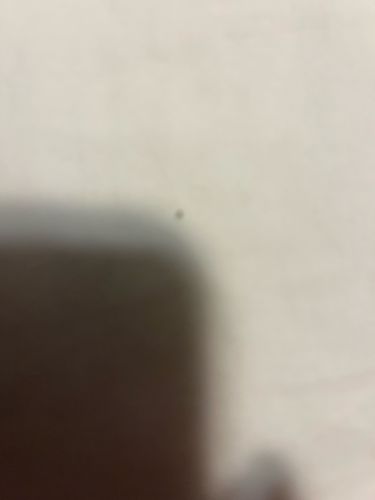Fungus Gnat
Scientific Name: Various genera including Bradysia, Sciara, Mycomya
Order & Family: Order: Diptera, Family: Sciaridae or Mycetophilidae
Size: 1-5 mm (approximately 0.04-0.2 inches)

Natural Habitat
Fungus gnats are commonly found in damp, shaded environments with decaying organic matter, such as potting soil, compost piles, and areas with water leaks or excessive moisture.
Diet & Feeding
Larvae primarily feed on fungi, decaying plant matter, and sometimes plant roots, especially in overly moist soil. Adults feed on liquids and do not bite.
Behavior Patterns
They are attracted to light and are often seen flying erratically indoors, especially near windows and lights. Females lay eggs in suitable organic matter, and larvae develop within humid, decaying material.
Risks & Benefits
Potential risks include being a nuisance indoors, especially when populations are large. Larvae can damage plant roots, particularly seedlings or stressed plants, and may spread plant diseases. Benefits include aiding in decomposition of organic matter in natural environments.
Identified on: 8/9/2025